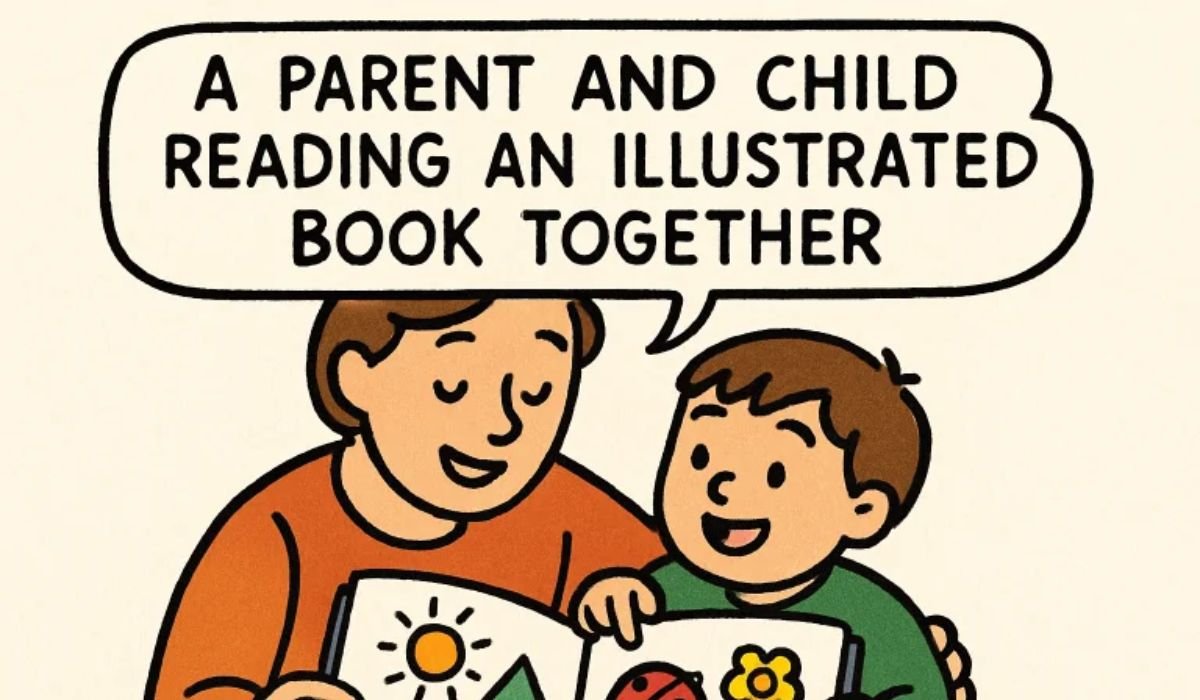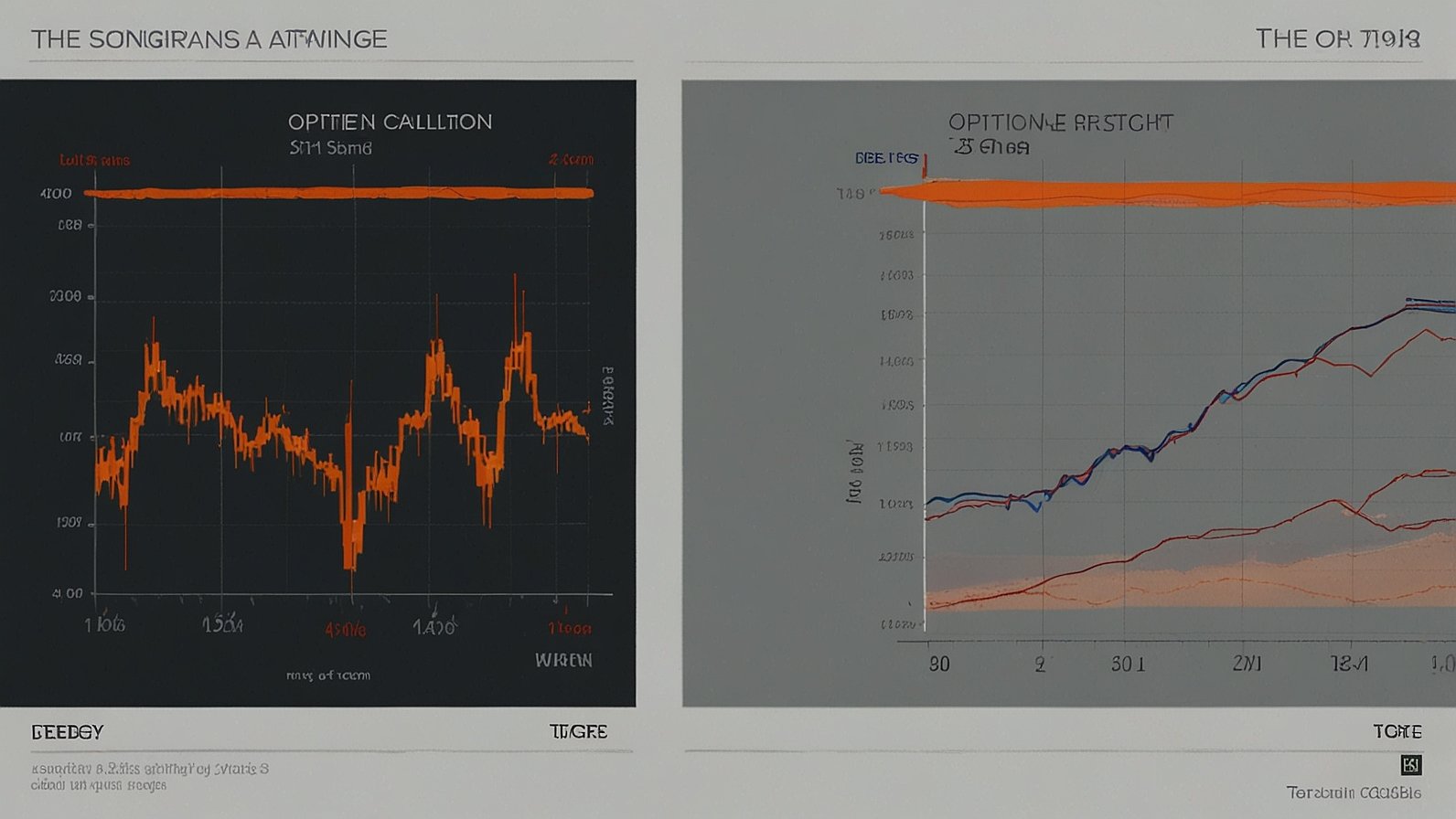Key Takeaways
- The power of classroom publishing in enhancing students’ interest in writing.
- Creative strategies to foster a love for writing.
- Using practical tools and techniques to support young writers.
The Benefits of Creative Writing for Children
Creative writing is an intricate field that has a significant impact on influencing the minds of young individuals. It allows children to express their ideas and emotions in a safe and encouraging environment, which is essential for their mental and intellectual development. Students can enhance their language skills, develop critical thinking, and improve their problem-solving abilities by engaging in creative writing. Children encouraged to write creatively perform better academically because they can organize their thoughts coherently and communicate effectively. Furthermore, students can gain confidence through creative writing by developing trust in their voice and ideas, resulting in a more positive self-perception and enhanced eagerness to learn.
Incorporating Classroom Publishing as a Learning Tool
Classroom publishing is an innovative strategy many educators adopt to foster a love for writing among students. This approach involves guiding students through writing, editing, and publishing their work, making the experience rewarding and empowering. By giving students the platform to publish their stories through avenues such as https://studentreasures.com/, they are motivated by the prospect of seeing their work in print and gaining valuable skills in editing and critical analysis. The tangible result of seeing their books in a polished, published format instills a deep sense of pride and accomplishment. Moreover, sharing their work with peers and receiving feedback helps students understand the value of diverse perspectives, enhances peer learning, and fosters a collaborative learning environment.
Practical Activities to Inspire Young Writers
To inspire young writers, it’s crucial to incorporate educational and engaging activities. Teachers can utilize storytelling games that allow students to create narratives around a given theme or character, fostering cooperative learning and creative thinking. Collaborative story creation, where each student contributes a part of the story, can also be a fun and interactive way to engage students. Additionally, using visually stimulating writing prompts, such as images or short videos, can help spark creativity and broaden students’ imaginative capacities.
Utilizing Technology in Creative Writing Education
In today’s digital age, technology offers various tools to enhance creative writing significantly. From simple word-processing programs to sophisticated storytelling apps, technology provides students with diverse tools to express their ideas. Interactive story-building apps, for example, can provide a dynamic platform for students to create and share their narratives while learning about story structure and character development. These digital tools also often feature features that facilitate editing and peer collaboration, essential skills for young writers. For educators seeking to integrate technology into their writing programs, a wealth of information is available on platforms like Edutopia, which discusses the best educational technologies available to teachers, ensuring they can choose tools that fit their curricular needs and student preferences.
The Role of Teachers in Cultivating Young Writers
Teachers are vital in cultivating the writing skills of young learners. Their influence extends beyond the classroom as they model enthusiasm for writing and provide guidance tailored to individual student needs. Encouragement and positive reinforcement from teachers can significantly impact a student’s willingness to engage with writing assignments. By building a supportive classroom environment where students feel safe to express their ideas, teachers help foster a love for writing. They can also implement a feedback system that is constructive and nurturing, allowing students to see writing as a process of continuous improvement rather than perfection. Motivating students to experiment with various genres and styles can boost their creativity and expand their comprehension of writing as an art.
Celebrating Writing with Publishing Events
Publishing events can serve as a festive culmination of students’ writing journeys, offering a platform for young authors to share their creations with an audience. Events like book readings or author showcases can be held in the classroom or even the school library, providing students with an authentic experience of what it means to be a writer. These events celebrate students’ hard work and promote literacy within the school community, as peers and parents are invited to participate and engage with the published works. Writing contests or anthologies can also be organized, encouraging a competitive but supportive spirit among students. Such experiences can bolster students’ confidence and inspire continued interest in writing.
Long-term Impacts of Creative Writing and Publishing
The long-term benefits of engaging in creative writing and classroom publishing are manifold. Students adept at writing possess vital communication skills, which are advantageous in virtually every field of study and professional environment. Creative writing also fosters critical thinking and creative problem-solving, which are highly valued skills in today’s economy. Moreover, students passionate about writing often develop a lifelong love for reading, further enhancing their understanding of the world and contributing to their personal growth. The experience of seeing their published work provides students with a sense of accomplishment that encourages them to pursue their goals with determination and resilience, setting a solid foundation for their future endeavors.











